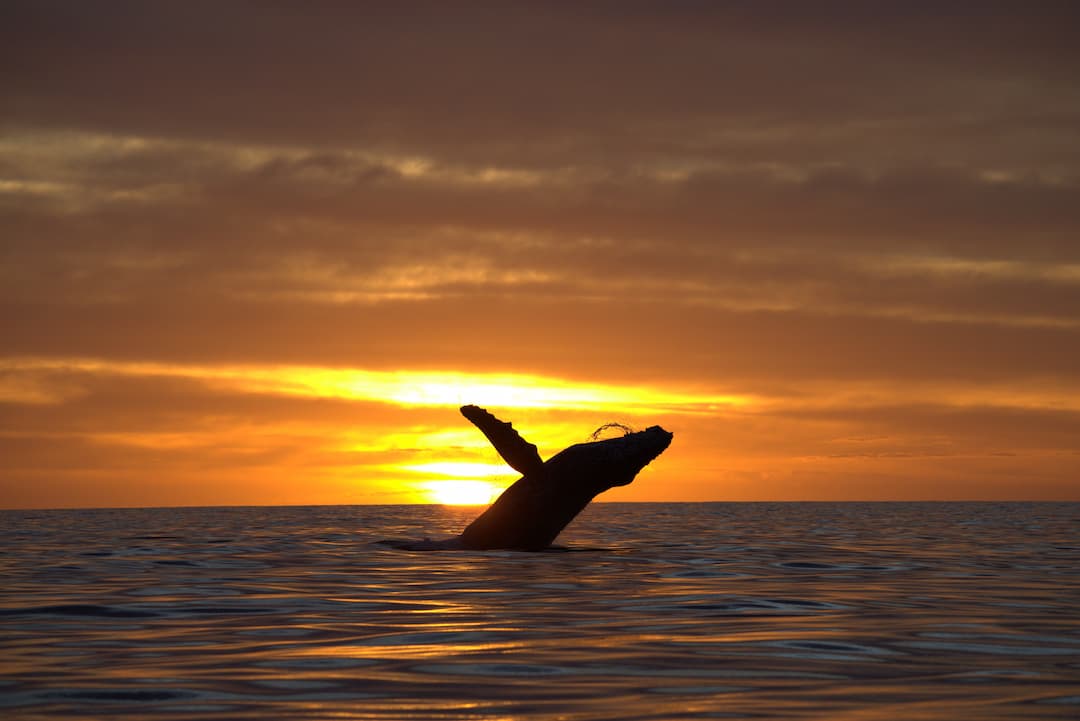Understanding the worldwide populations of humpback whales and their migration to Baja California Sur
Humpback whales -megaptera novaeangliae- are one of the most fascinating species on the planet. Know for acrobatic melodic songs and seasonal migrations. The attract researchers, conservationist and ecotourism enthusiasts from around the world. This creatures inhabit every ocean, with disctinct populations undertaking extraordinary journeys each year. Among these the north pacific humpback whale population, particulary those migrating to the northeast pacific coast and Baja California Sur plays a vital role in marine biodiversity and ecotourism in regions like Cabo San Lucas.

Global Humpback Whale population
Globally humpback whale populations are divided into two separated breeding and feeding groups:
- North Pacific: includes population migrating between Alaska, Canada and Mexico
- North Atlantic: found betwee the Caribean and feeding grounds in the North Atlantic.
- Southern Hemisphere: includes populations in the South Pacific, Indian and Southern Oceans.
Once hunted to near extinction, humpback whale population have made a recovery due to conservation efforts. Today the global population have made a significan recovery due to conservation efforts. Today the global population is estimated to be over 80.000, with the North Pacific population numbering aroun 21.000 individuals.
Humpback Whales in the North Pacific and Baja California Sur
The northeast pacific humpbakc whales undertake one of the longest migrations of any mammals, travelling up to 5.000 milles anually. Their journey begins in the cold, nutrient rich feeding grounds of Alaska and the northern pacific, where they build fat reserves during the summer. In the winter they migrate south to warmer waters off Mexico, including Baja California Sur and Cabo San Lucas to breed, give birth and nurture their calves.
Cabo San Lucas as a Migration Hotspot: Cabo San Lucas is a key destination during their migration, offering an amzing place to observe humpback whales in their natural habitat. The region´s warm waters, and sheltered bay create an ideal enviroment for mothers and the new born calves.
Understanding Humpback Whale behavior
Humpback whales exhibit various fascinating behaviors that captivate observers:
- Breaching: A full body come out of the water, like a way of comunication or play.
- Spyhopping: Rising vertically to the water´s surface to observe their surroundings.
- Tail slapping: Slapping their hube tails on the water, possible to communicate or scare prays.
- Singing: Males Humpback produce complex songs during their breeding seasons, believe to show their most maleish of the area.
These behaviors are not just entertaining, they play a role in social interactions, navigation and survival.

Animalia Ocean Excursions: Responsible Whale Watching in Cabo San Lucas
At Animalia we offer eco-conscious whale watching tours designed to educate participants about humback whales and their behavior. Our focus is on:
- Educational Experiences: Each tour includes experts guides who provide in depth knowledge about humpback whale biology, migration patterns and behaviors.
- Low-impact practices: We adhere to international and local guidelines for responsible whale watching, minimizing disturbance to the whales.
- Sustainable operations: Our boats operate under eco-fiendly protocols and we prioritize the safety and well being of marine life
The importance of good whale watching practices
As tourism grows, so does the need to balance human enjoyment with wildlife conservation. Poor whale watching practices such as overcrowding, chasing whales or usind noisy boats can lead to strees, disrupted behaviors and even harm this animals.
Key Practices for Responsible Whale Watching
- Maintain distance: at least 180 feet away from whales to avoid causing stress.
- Limit viewing time: spend no more thant 30 minutes observing a group to reduce prolonged exposure.
- Avoid Chasing: Allow whales to approach boats if they choose rathaer than pursuing them.
- Respect Calving Areas: Be extra cautious in areas where mothers and calves are present.
At Animalia Ocean Excursions we are committed to following this guidelines ensuring that our tours leave the smallest footprint possible.
Why Conservation and Education Matter
Humpback Whales play a crucial role in maintaining healthy marine ecosystem. They help regulate the food chain and contribute to nutrient cycling through their feeding and migratory behavior. By educating visitors about these rols and promoting responsible tourism, we can ensure that future generations will continue to witness the beauty and importance of this creatures.
Tourists and operators must prioritize sustainable practices to minimize human impact. Throught eco conscious whale watching and education we can inspire a deeper conection to marine life and foster global commitment to conservation.
Join Us For a Transformative Experience
If you are visiting Cabo San Lucas during whale watching season -december to april- , join Animalia Ocean Excursions for a transformative and educational whale watching experience. Together let´s celebrate the fascinating humpback whales while protecting their natural habital for generations to come.
Recent Posts
- Experience the Magic of Mobula Rays on an Ocean Safari in Cabo San Lucas & La Ventana
- Exploring Cetaceans – Whales in Baja California Sur: Where, When, and How to See Them in the Wild
- The Complete Guide to Scuba Diving in Cabo San Lucas
- Ocean Safari in La Ventana: A family Friendly Adventure
- How to do responsible whale whatching in Cabo San Lucas
